It took no time for Elena Ferrante's two Neapolitan friends to join the ranks of great literary creations: Lenù as successful writer-narrator, critical of her past ambivalence; Lila the unknowable fascinator, her brilliance often diverted into poisoned channels. Four volumes amounting to over 1500 pages offer a psychological complexity four acts of fast-moving theatre can't begin to match.
Though each act follows each volume, though not exclusively, De Angelis makes a bold move in discarding the narrative voice. Theatrical tale-telling has to take over, and that's strikingly executed at first as Niamh Cusack's Lenù, beginning at the end, investigates the mystery of her old friend's disappearance and conjures the first key episode of the novel, where the two girls - played with no affectation by Cusack and the ever-compelling Catherine McCormack - visit the apartment of the alarming Don Achille to ask for their dolls back. Ferrante's surrounding psychological tension has to be more or less shed, but we're off on the adventure, and soon swept into a vibrant setting up of the poor Neapolitan community, told through song, dance and vibrant language decked out in various regional accents to serve for the local dialect (a bonus, incidentally, of the much more leisurely Italian-based TV series, which has so far only adapted the first book). Stylised car journeys as well as the use of a dummy "second" to illustrate scenes of physical and sexual abuse are boldly imagined with minimal means. 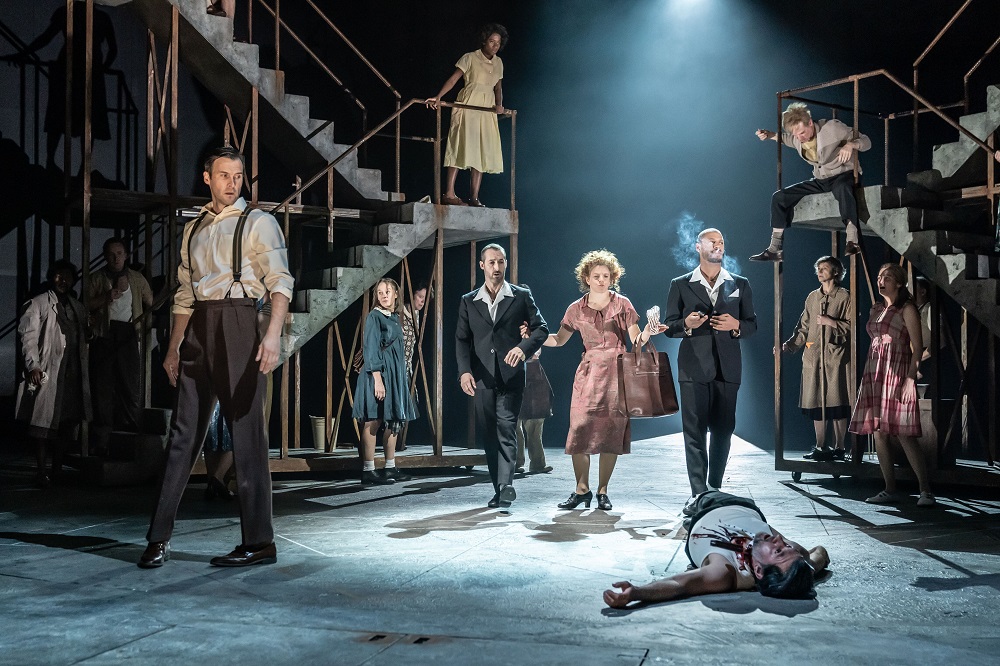 Not-so-incidental characters are clearly introduced but marginal: there's no time for Lenù's first boyfriend Antonio to make his mark, and later Lila's tentative relationship with patient Enzo is a casualty of the compression. The Camorra family which terrorises the neighbourhood yet is accepted at every social function is more easily drawn in broad brushstrokes as it all bowls along (pictured above: Adam Burton, Emily Mytton and Ira Mandela Siobhan as the Solaras). The first act does end dramatically, enacting a fantasy at the 17 year old Lila's wedding which is only outlined at the beginning of Ferrante's second volume, The Story of a New Name. Here Lenù tells us how she imagines her friend ripping an arm off her new husband for a perceived treachery and gouging out the eyes of her betrayers before the two friends make a break for freedom. The solidarity of their rage at being stifled by local convention becomes great theatre; the two, previously estranged by Lenù's ongoing education and Lila's partly stifled creativity, become one.
Not-so-incidental characters are clearly introduced but marginal: there's no time for Lenù's first boyfriend Antonio to make his mark, and later Lila's tentative relationship with patient Enzo is a casualty of the compression. The Camorra family which terrorises the neighbourhood yet is accepted at every social function is more easily drawn in broad brushstrokes as it all bowls along (pictured above: Adam Burton, Emily Mytton and Ira Mandela Siobhan as the Solaras). The first act does end dramatically, enacting a fantasy at the 17 year old Lila's wedding which is only outlined at the beginning of Ferrante's second volume, The Story of a New Name. Here Lenù tells us how she imagines her friend ripping an arm off her new husband for a perceived treachery and gouging out the eyes of her betrayers before the two friends make a break for freedom. The solidarity of their rage at being stifled by local convention becomes great theatre; the two, previously estranged by Lenù's ongoing education and Lila's partly stifled creativity, become one.
What Ferrante adds here, though - that Lenù tells us "I can be quietly unhappy, because I'm incapable of violent reactions. I fear them, I prefer to be still, cultivating resentment" - can only be suggested. Which it is, gradually, in Cusack's lovely performance, unleashing frustration only in the second half of the drama. McCormack has an easier task representing Lila's strident otherness - a posture, an attitude, an outburst of foul-mouthed disgust, will do it - though I'd like to have seen more dramatic representation of her occult sense that borders dissolve, the smarginature Ferrante writes so compellingly about. 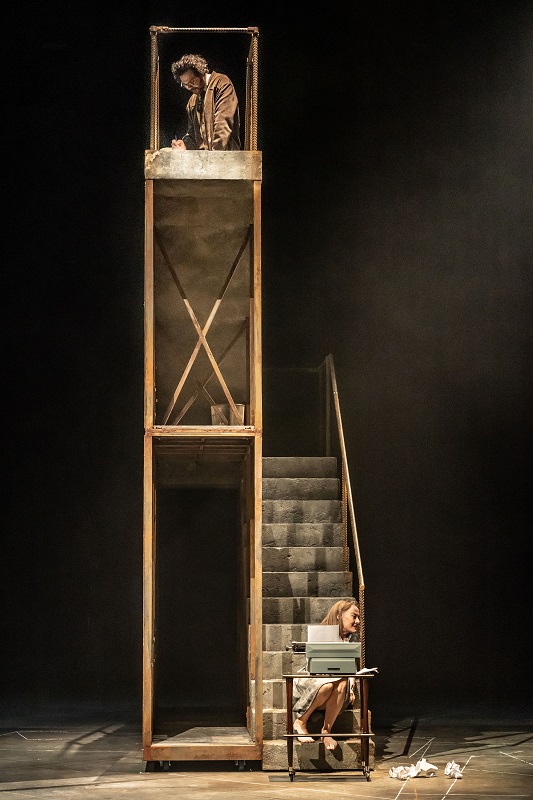 Act Two is perhaps the most unequal to the book, making a conventional and quickly-sussed love triangle out of the longer Ischia sojourn where the narrator, recapturing her innocence, makes the outcome much less expected. Volume Three, Those Who Leave and Those Who Stay, partly set up in the preceding act, is the most successfully encapsulated: we miss Lila for too long in the novel as Lenù makes her professional way, marries a professor who, like most of the men in the book, turns out conventional when it comes to respecting a woman's freedom, and leaves him for the love of her life. Scenes in Naples and in Florence, where Lenù brings up two girls, are deftly intercut, and McCormack's presence keeps Lila resonant here. There's also another fine-tuned performance here, too, from Justin Avoth as the Professore, Pietro Airota, seemingly gentle but weak (pictured above with Cusack); shades of Bergman's Scenes from a Marriage are powerfully evoked.
Act Two is perhaps the most unequal to the book, making a conventional and quickly-sussed love triangle out of the longer Ischia sojourn where the narrator, recapturing her innocence, makes the outcome much less expected. Volume Three, Those Who Leave and Those Who Stay, partly set up in the preceding act, is the most successfully encapsulated: we miss Lila for too long in the novel as Lenù makes her professional way, marries a professor who, like most of the men in the book, turns out conventional when it comes to respecting a woman's freedom, and leaves him for the love of her life. Scenes in Naples and in Florence, where Lenù brings up two girls, are deftly intercut, and McCormack's presence keeps Lila resonant here. There's also another fine-tuned performance here, too, from Justin Avoth as the Professore, Pietro Airota, seemingly gentle but weak (pictured above with Cusack); shades of Bergman's Scenes from a Marriage are powerfully evoked.
Ultimately, though, the one-to-ones need more time to develop, to truly move us. The last encounter between the two women nearly gets there, but could still be longer. In adapting a big work, you take your choice: develop key scenes and allow the gaps to resonate, as I saw remarkably but sometimes - thanks to my faltering Italian - unfathomably done in an avant-garde two-woman show in Ravenna - or extract what juice you can from the full orange. And there's plenty of it here, in a total work of theatre well represented by Soutra Gilmour's set and costume designs, Malcolm Rippeth's lighting and striking video work from Tal Yarden which helps with one of the production's most striking aspects, telling the history of Naples in the second half of the 20th century. There's perhaps too much directional incidental music from Jim Fortune, but the pop hits of four-plus decades sound amazing - you want to dance before the start of each act - and there are some fine routines to them. Above all, Cusack and McCormack are as remarkable as De Angelis and Still give them licence to be. They and vibrant company work make the four-plus hours fly.

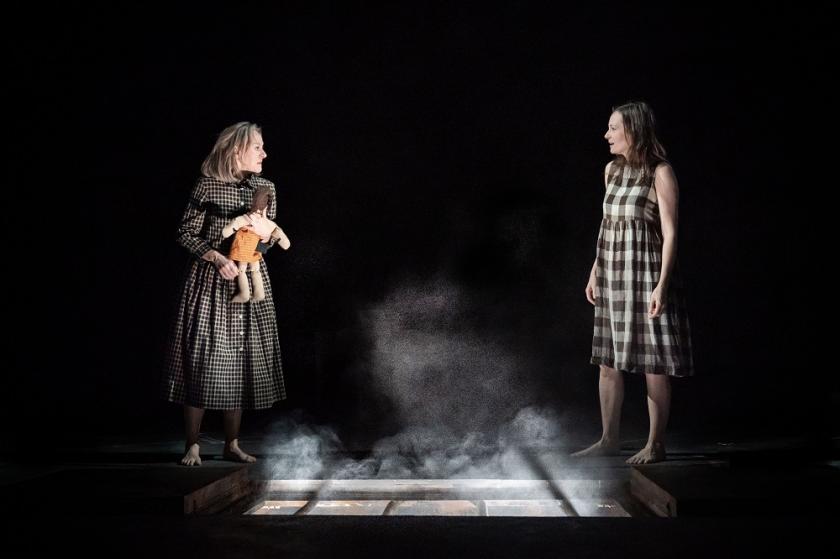


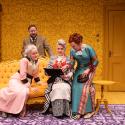



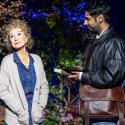


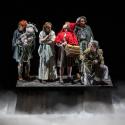
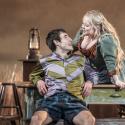
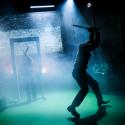

Add comment